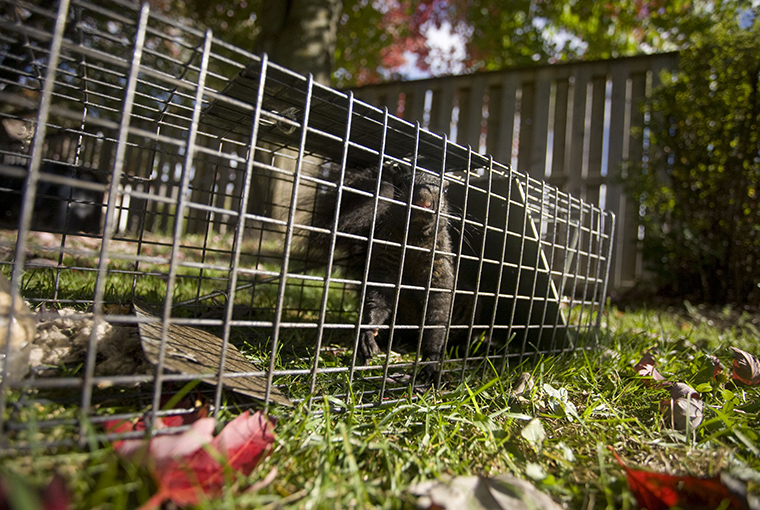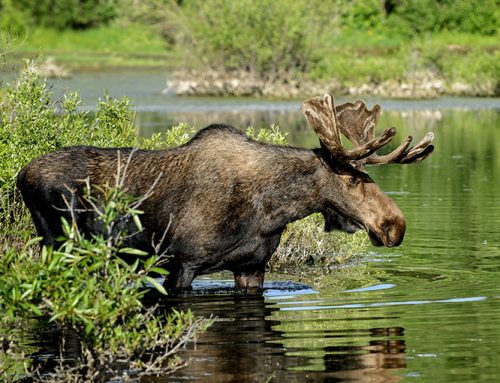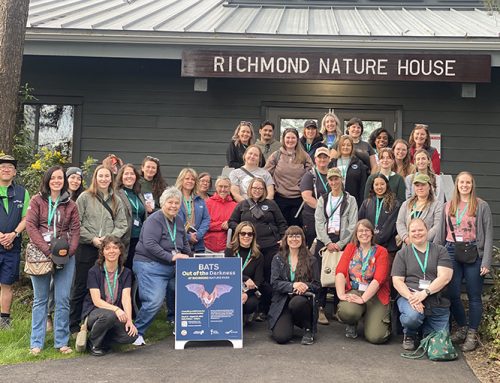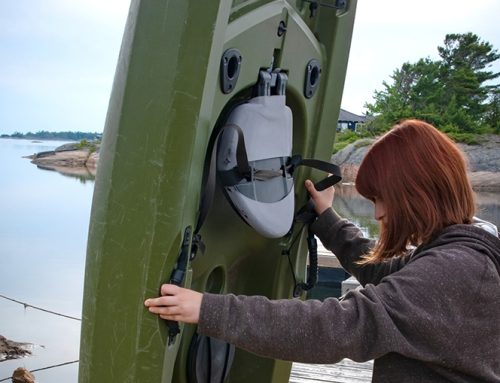
[Editor’s Note: Before you go trapping wildlife, it’s always wise to consult your municipal bylaws to see if any of them apply to baiting or capturing animals.]
From rural communities to the big city, wildlife can be surprisingly abundant around our homes. And while dealing with problem critters in the countryside can be straightforward, living within city limits has, well, limitations (generally due to firearm discharge bylaws).
So, what’s a city slicker to do?
Trapping live
Enter the venerable live trap. Most killing and restraining traps are strictly regulated and confined to use on furbearers under a trapping licence in Ontario and snares are restricted to “northern” Ontario. Live traps, however, are a legal, available, and adaptable tool. In Ontario, the use of these devices for the capture and or killing of nuisance wildlife is legal year-round on your land, provided the animal is damaging or about to damage your property.
Importantly, this does not apply to moose, deer, elk, bear, migratory birds, or most federally and provincially designated species at risk. To learn about special rules and permits for these species, contact the Ministry of Natural Resources and Forestry, Ministry of the Environment, Conservation and Parks, or Canadian Wildlife Service.
Live-trapping wildlife gives you options. If you’re looking to relocate wildlife, keep in mind that provincial regulations require that wildlife are relocated no further than one kilometre from where they were trapped, and that wildlife cannot be released onto private property without landowner permission.
If, however, you go the route of euthanasia, it is perfectly legal to use a legally trapped nuisance animal as food, even without a hunting licence. Although this does apply outside of regular hunting seasons, it’s extremely important to view this rule only as an opportunity to turn lemons into lemonade, not as a loophole to game regulations.
According to the Fish and Wildlife Conservation Act, “A person who harasses, captures or kills wildlife under this section shall not harass, capture or kill more wildlife than is necessary to protect property.”
Trapping with your small game licence
Within the context of existing hunting seasons, however, live traps can be a multi-purpose tool, serving to control nuisance animals and to harvest critters under a small game licence. This means that, provided traps are checked once every day, an Ontario hunter can trade in his or her .22 for a live trap to harvest hare, cottontails, grey squirrels, and fox squirrels, regardless of whether or not they pose a threat to personal property. Legal requirements are essentially the same as they would be otherwise: the trapper/hunter must have a valid outdoors card, a valid small game licence, and must abide by the relevant seasons and bag limits for their wildlife management unit (WMU).
Just another tool
To some, the idea of live trapping wildlife might seem odd, unfair, even unsportsmanlike in the case of hunting. But consider how common it is for folks in northern Ontario to use snares. For those of us who live south of the French and Mattawa River “snare boundary,” live traps are it. They are what we have to work with, so we might as well make the most of them. These handy contraptions are available at just about any hardware or farming supply store, they don’t break the bank, and they simply do it all, from dealing with pests to filling the freezer.
Now, who doesn’t like that?
Originally published in the August 2024 issue of Ontario OUT of DOORS
For more small game stories, click here
Click here for more outdoors news






Leave A Comment